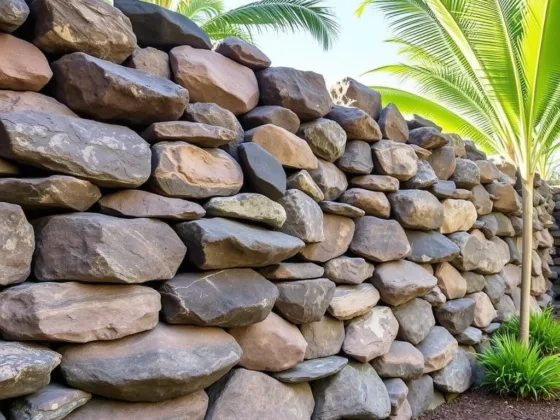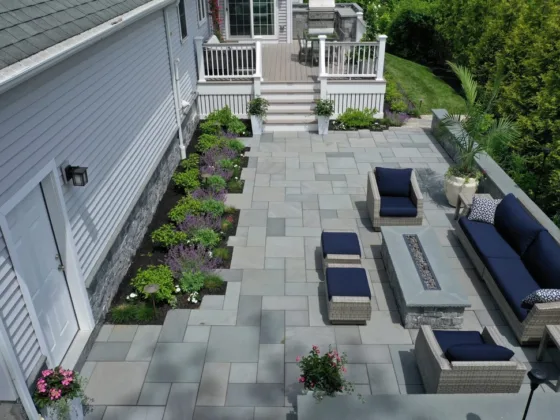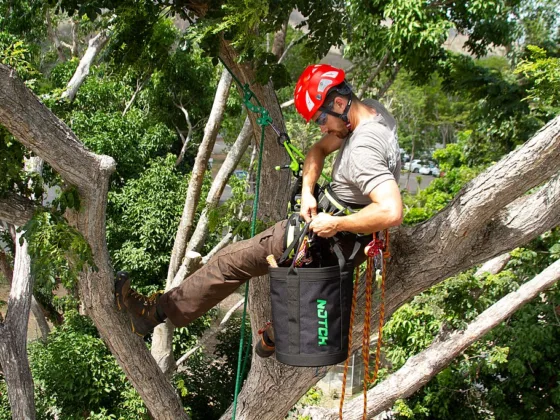Table of Contents Show
Most friends and lovers of the garden, font area, and model railways are outright tinkerers. That is understandable, because what is more fun than constantly redesigning and redesigning your model railroad landscape and working on small details?
In addition to the location of the train stations and the route, a harmonious design of the landscape and vegetation is also important for many. But how do you build a mountain or a tunnel?
Below you will find valuable tips on how to do this.

Landscaping – How Do You Build Mountains, Tunnels, Etc.?
Read Also:
- Smart Landscape Curbing Tips to Help Maintain the Concrete in Your Garden
- Excellent Landscaping Ideas to Really Bring the Most out of Your Yard
- How to Landscape Your Front Yard, Plans You Can do Yourself
- DIY Landscapes: How to Landscape Your Lawn Like a Pro
- Best Landscaping Ideas for the Front of Your House
- How to Do Landscaping on Your Own
How do I Build a Mountain?
A mountain or even a real mountain range is an absolute eye-catcher in model railroad landscapes and should not be missing in a sophisticated layout. But building a mountain in the landscape is not entirely easy.
A previously popular method was to make a sub-structure out of plywood, which was then clad, and then the rock formations were then plastered. Such a mountain is quite stable but has the disadvantage that it is very heavy and cannot be moved flexibly, but has to remain in place.
A mobile alternative is a substructure made of several honeycomb panels made of sturdy kraft cardboard, which are combined using a universal connector. The rocks themselves are made of rigid foam panels, which can be processed relatively easily.
The mountain created in this way is not only relatively light but can also be relocated to another part of the landscape without great effort.
How do I Build a Tunnel?
It is not far from the mountain to the next structural element, a tunnel. To be able to build a tunnel, the tunnel height must first be determined with the help of the contact line masts.
A sample of the tunnel portal is then created on the cardboard and the locomotives can drive through it. If the cardboard template fits, the pattern is transferred to a sheet of plywood and cut out. The portal is plastered in and, after several hours of drying time, can be designed as desired, for example by scratching stone joints.
The inner tunnel wall (recommended lengths of 300 to 400 mm on average) must be slightly larger than the tunnel portal. The basic structure of the inner tunnel wall consists of two arches, which are also sawn from plywood and have to be connected with a strut.
Now the two arches of the basic structure are connected with a wire mesh, which represents the outer shell of the tunnel. Finally, the wire mesh is covered with plaster bandages and plastered (e.g. with Moltofil).
Lakes as design elements for the railroad landscape can easily be made by yourself
How do I Build a Lake?
Waters can be represented in different ways, for example with the help of woodchip wallpaper. The irregular structure of the woodchip wallpaper represents the waves in the water.
As a first step, the wallpaper is glued to a flat surface and painted with poster paint (green, blue, brown) until the desired color of the lake is achieved. Then, after drying, coat the surface with clear varnish, this creates a shiny surface with a depth effect.
But there are also other methods, such as using a pane of glass as a surface or using a special sea film, which some manufacturers have in their range.
Model Railroad – Product Examples
If you want to add finished elements to your landscape, the following products could be recommended.
- Although there are no complete mountains for sale, there are beautiful cork rocks with a very natural look that can be worked into the self-built mountain. Their design makes them look deceptively real. Since it is a natural product, every rock is different. A delivery of two to three pieces only costs around six euros.
More about this at:
- Single-track corner tunnel for H0 gauge: This is a prefabricated plastic tunnel from the manufacturer Heki, which is suitable for H0 gauge and, with its dimensions (38 x 38 x 20 cm), can be easily integrated into an existing route. The corner tunnel is priced at just under 20 euros.
Further information at:
- Lake with a moving boat: This is a complete kit from the Busch company that is compatible with H0 gauge and includes sea foil, sea paper, two rowing boats, a motor including a drive chain for connection to a 14 to 16 volt AC voltage or 60 mA battery. Only the edges of the lakeshore still need to be covered with grass. Cost for the set: around 55 euros.










